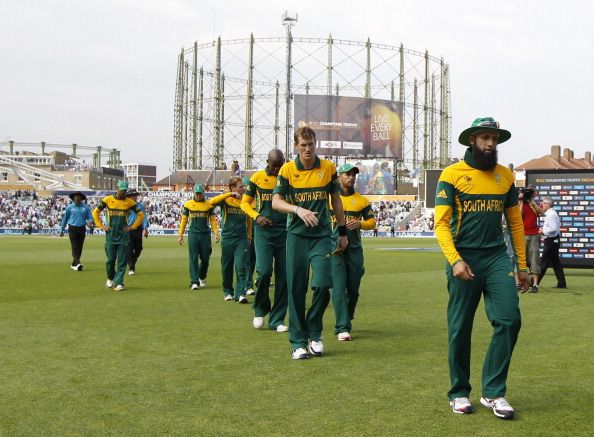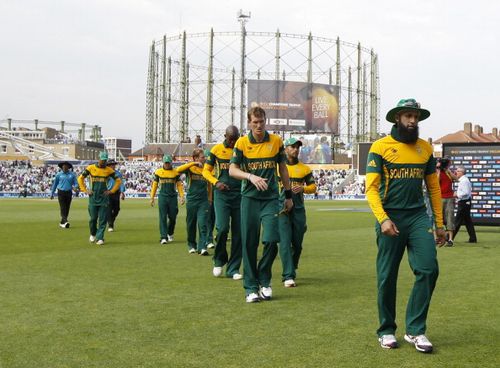
The choking catastrophe: A South African conundrum

The toughest thing in the early life of an international cricketer is perhaps debuting for a team that is infamous for choking. If the pride of representing the country is what exhilarates him, it is the instance of donning the colors of the team known to squander winning opportunities that provokes shame to haunt his mindset. Life is, therefore, not at all a cakewalk for a South African cricketer who has to live, face and ingest questions, derision and contempt which come free of charge with the scornful tag: “They are chokers.”
They have had to deal with this ever since the early 1990s and come 2013, the scenario hasn’t altered much as they continue to face the same flak for frittering away chances. Choking, in sport, primarily suggests the sudden derailment after a smooth journey so as to come so close to the finishing line yet never being able to cross it. For the South Africans, though, the term has expanded its meaning to an exaggerating extent. Given their disgracefully rich history of wasting solid foundations only to shatter into pieces in later stages, choking is a word that has become synonymous with their defeats no matter whether it’s actually one or just an outright thrashing. For every match they lose, for every tournament they bow out from (which is astonishingly frequent), the Proteas are guaranteed the same old question. It’s like a notoriously keen pest behind their back – an area their hands have no access to, and therefore, it must remain with them, perhaps, till the end.
So near yet so far. The choking bug is a pain in the neck like nothing else. It’s just as embarrassing as astounding to witness one of the best line-ups cruising towards the end yet falling short by a notch and being left high and dry a couple of yards behind the finishing line. For a team that’s ranked No. 1 in Test cricket and a squad that boasts of top class batsmen like AB de Villiers and Hashim Amla, who are sitting right at the helm of batting rankings in Tests and ODIs respectively, and pacers like Dale Steyn who’s currently the world’s best Test bowler, it’s highly unnatural to bow out of the semi-finals of such a high profile ODI tournament in the most unnerving fashion. That they are sitting in the 4th position in the ODI team rankings is in perfect sync with their bowing out of the semis, but it’s the comprehensive fashion of their defeat at the hands of an Anderson-inspired England that calls for some intriguing boardroom discussions.
Befuddling it is, when one considers matches played by South Africa that are not part of multi-nation tournaments. The Proteas enjoy a commendable record which includes overwhelming and outclassing opponents and reducing them to tatters en route to multiple series triumphs. Superb quality of cricket coupled with individual brilliance has earned them no less ranking points than accolades. South Africa has always been a well-oiled machine manufacturing excellence, a few of which may claim legendary status. However, they continue to flunk when the stakes are high and it matters the most. That they have never progressed beyond the semifinals in World Cups is a clear paradigm of the unfathomable conundrum in South African cricket that seems to elude even the most knowledgeable reviewer in the history of the sport.